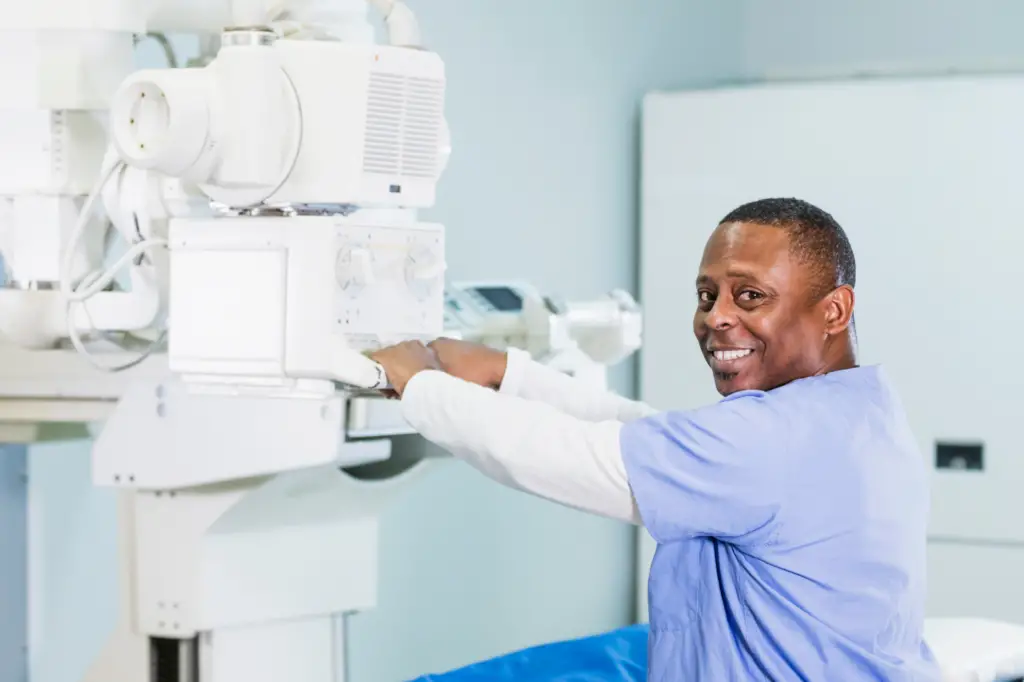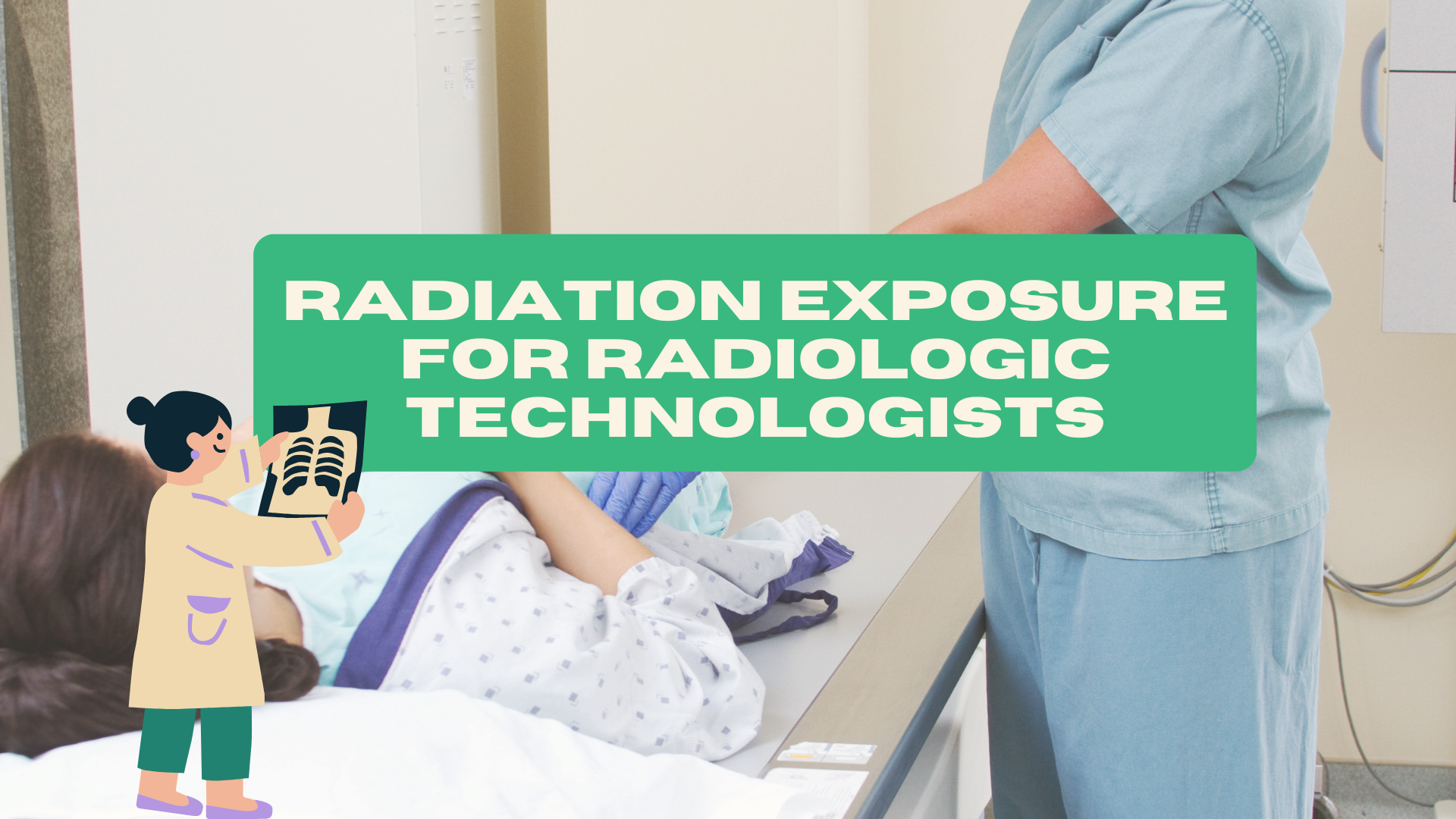Radiologic technologists, or radiographers, stand at the frontline of diagnostic imaging.
They capture images of our bodies’ internal structures, helping physicians to diagnose diseases and plan treatments. While this career is rewarding, it carries specific concerns, primarily regarding radiation exposure.
Navigating Radiation Exposure
Radiation, despite its indispensable role in imaging, has potential risks. Therefore, one frequent question arises: Why does the annual radiation dose limit for radiologic technologists exceed that for the general public?
Decoding Radiation Limits
In healthcare, the regulation of radiation exposure is strict. Radiologic technologists have an annual limit of 50 mSv (millisieverts), compared to just one mSv for the general public. This difference might initially seem alarming, but there’s a sound reason behind it.
Protection and Monitoring: Safeguarding Radiologic Technologists
Radiologic technologists wear protective gear, like lead aprons, while working with radiation. This shields them from high levels of exposure. They also wear radiation badges outside their protective equipment to monitor orientation. These readings showcase maximum possible exposure rather than actual body absorption.
Technologists also adhere to strict protocols for safety, maintaining distance during procedures, and using an additional badge inside the lead apron in certain situations.

Exposure in Real-world Practice
Despite the high annual limit, most technologists don’t reach it. This is evident from the experiences of many seasoned professionals who report minimal exposure levels across various imaging modalities, like Fluoroscopy and Surgery. This reaffirms the effectiveness of the protective measures in place.
Radiation’s Presence in Imaging Rooms
Radiation doesn’t linger in the room after turning off the X-ray machine. It moves at the speed of light and disappears instantly when the device switches off. This means technologists don’t face additional exposure when they re-enter the room to reposition the patient or carry out other tasks.
The Role of Dose Frequency
The harmfulness of radiation exposure relates to the dose quantity and frequency. Large doses are more dangerous than smaller ones received over time.
This fact explains the higher occupational limits for technologists, who receive smaller, spread-out quantities, allowing their bodies time to recover.
On the contrary, if a member of the public reaches their limit, it’s likely due to a large dose at a time, which is more harmful.
Where Does Technologists’ Exposure Come From?
Most radiation exposure for technologists comes from procedures requiring a lead apron. Even then, most technologists don’t reach the annual exposure limit.
Although exposure levels can vary depending on specific roles and practices, many seasoned professionals confirm they’ve never got it.
Conclusion: Safety is Paramount
In conclusion, while radiologic technologists face radiation exposure as part of their job, several precautions are in place to reduce this exposure. Even though the occupational limit is higher than that for the general public, it’s rare for technologists to reach this limit.
If you’re considering a career in this field, rest assured that safety is a top priority, and comprehensive training is provided to ensure your protection and that of your patients.

